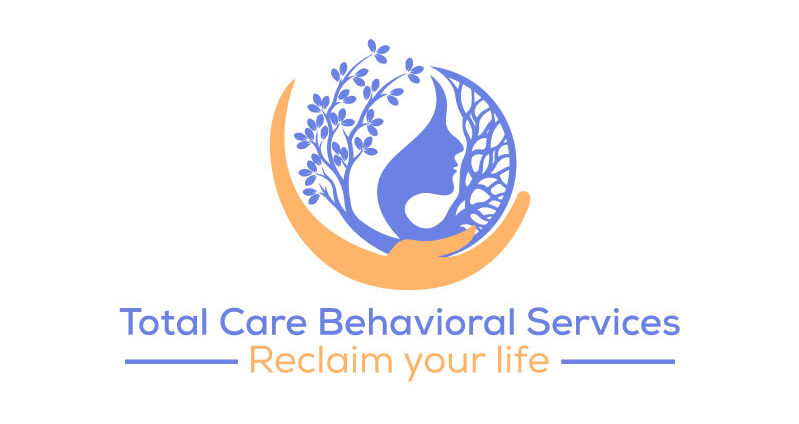Comprehensive Guide to Depressive Disorders: Perspectives, Conditions, and Nursing Interventions
Key Takeaways
Depressive disorders are a category of mental health conditions characterized by persistent feelings of sadness, hopelessness, and a lack of interest or pleasure in activities. Affecting millions worldwide, depressive disorders range from mild to severe forms and can significantly impact daily functioning, relationships, and overall quality of life. This article explores the various types of depressive disorders, perspectives on their causes and treatment, and detailed nursing interventions, care plans, and associated risks.
Understanding Depressive Disorders
Depressive disorders encompass several conditions, including:
- Major Depressive Disorder (MDD): A severe form of depression marked by persistent sadness, fatigue, and disinterest in activities for at least two weeks.
- Persistent Depressive Disorder (PDD): Also known as dysthymia, this involves long-term (two years or more) symptoms that are less severe than MDD.
- Bipolar Disorder: While primarily characterized by mood swings, depressive episodes are a major component.
- Postpartum Depression (PPD): A form of depression that occurs after childbirth, affecting the mother’s ability to care for herself and her baby.
- Seasonal Affective Disorder (SAD): A subtype of depression triggered by seasonal changes, often during fall and winter.
- Premenstrual Dysphoric Disorder (PMDD): Severe depression and irritability that occurs during the premenstrual phase of a woman’s cycle.
Perspectives on Causes of Depressive Disorders
Understanding depressive disorders requires a multifaceted approach, examining biological, psychological, social, and environmental factors.
Biological Perspective:
Psychological Perspective:
Social and Environmental Factors:
Cultural Considerations:

Signs and Symptoms of Depressive Disorders
Common symptoms of depression include:
- Persistent sadness or emptiness
- Fatigue and loss of energy
- Difficulty concentrating or making decisions
- Sleep disturbances (insomnia or hypersomnia)
- Significant weight changes (gain or loss)
- Feelings of worthlessness or excessive guilt
- Recurrent thoughts of death or suicide
Nursing diagnosis for Depression
Assessment:
- Identify symptoms such as sadness, lack of energy, or suicidal ideation.
- Use diagnostic tools like PHQ-9 or the Hamilton Depression Rating Scale.
- Assess social support, coping mechanisms, and risk factors.
Diagnosis:
Examples include hopelessness, risk for suicide, and self-care deficits.
Planning:
Develop achievable goals such as enhancing mood stability, reducing suicide risk, and improving self-care.
Implementation:
- Facilitate therapeutic communication.
- Administer medications like SSRIs and SNRIs.
- Engage patients in psychotherapy sessions and encourage lifestyle modifications.
Evaluation:
- Monitor progress using follow-up assessments.
- Adjust care plans based on the patient’s response to treatment.
Case Studies
Case Study 1: Major Depressive Disorder (MDD)
Background: Jane, a 28-year-old software engineer, reported persistent sadness, fatigue, and a lack of interest in hobbies for over a month. She expressed feelings of worthlessness and had trouble concentrating at work.
Interventions:
- Assessment: Administered the PHQ-9, which revealed severe depression.
- Diagnosis: Hopelessness and risk for suicide.
- Planning: Goals included improving mood and ensuring safety.
- Implementation: Prescribed fluoxetine and scheduled weekly cognitive-behavioral therapy (CBT) sessions. Encouraged a daily routine involving physical activity and relaxation exercises.
- Outcome: After eight weeks, Jane’s PHQ-9 score reduced significantly, and she reported improved mood and productivity.
Case Study 2: Postpartum Depression (PPD)
Background: Maria, a 34-year-old new mother, exhibited symptoms of crying spells, anxiety, and feelings of inadequacy two weeks after delivery. She struggled to bond with her baby and felt overwhelmed by caregiving responsibilities.
Interventions:
- Assessment: Used the Edinburgh Postnatal Depression Scale (EPDS), which indicated severe PPD.
- Diagnosis: Self-care deficit and impaired maternal-infant attachment.
- Planning: Goals included strengthening the maternal bond and reducing depressive symptoms.
- Implementation: Involved Maria in a support group for new mothers. Arranged for family members to assist with caregiving. Prescribed sertraline and scheduled therapy sessions focused on maternal bonding.
- Outcome: Maria’s symptoms improved significantly after three months, allowing her to establish a healthy bond with her baby.
Case Study 3: Seasonal Affective Disorder (SAD)
Background: John, a 45-year-old teacher, experienced recurring depression during the winter months. His symptoms included low energy, oversleeping, and carbohydrate cravings.
Interventions:
- Assessment: Seasonal patterns were confirmed through clinical interviews and symptom tracking.
- Diagnosis: Fatigue and disturbed sleep patterns related to SAD.
- Planning: Goals included improving energy levels and stabilizing mood during winter.
- Implementation: Recommended light therapy using a 10,000-lux light box. Prescribed bupropion as a preventative measure. Encouraged a structured exercise routine and social activities.
- Outcome: John’s energy levels and mood improved within four weeks of light therapy, enabling him to manage his responsibilities effectively.
Nursing Care Plans for Depressive Disorders
1. Hopelessness
Goal: Instill hope and improve emotional resilience.
Interventions:
- Encourage patients to verbalize feelings.
- Share success stories of individuals overcoming depression.
- Involve family and friends in the care process to foster a supportive environment.
2. Risk for Suicide
Goal: Prevent self-harm and ensure safety.
Interventions:
- Conduct regular suicide risk assessments.
- Remove access to potentially harmful objects.
- Implement a 24-hour observation plan if needed.
3. Self-Care Deficit
Goal: Enhance self-care abilities and independence.
Interventions:
- Assist with activities of daily living (ADLs) as needed.
- Teach energy conservation techniques for patients experiencing fatigue.
- Encourage gradual participation in self-care tasks.
Holistic Management of Depressive Disorders
Effective management of depressive disorders involves a combination of medical, psychological, and lifestyle interventions:
Medications:
- Antidepressants: SSRIs (e.g., fluoxetine), SNRIs (e.g., venlafaxine), and atypical antidepressants (e.g., bupropion).
- Adjunct Therapies: Mood stabilizers or antipsychotics for treatment-resistant cases.
Psychotherapy:
- Cognitive-behavioral therapy (CBT) helps reframe negative thought patterns.
- Interpersonal therapy (IPT) focuses on improving relationships and communication skills.
Lifestyle Modifications:
- Regular exercise and a balanced diet improve physical and mental health.
- Stress management techniques, such as mindfulness and meditation, reduce anxiety.
Support Systems:
- Encourage joining support groups for shared experiences and coping strategies.
- Educate family members about the nature of depressive disorders and their role in recovery.
If you’re seeking professional support for depressive disorders, TotalCare Behavioral Services offers compassionate and effective treatment services, helping patients in Georgia, including Loganville, Atlanta, Lawrenceville, Lithonia, and Snellville, achieve better mental health.
Conclusion
Depressive disorders are complex conditions that require a comprehensive, individualized approach. The nursing process, combined with evidence-based interventions, plays a pivotal role in managing these disorders. By incorporating real-life case studies, this article highlights the practical application of nursing care plans, providing a roadmap for effective patient-centered care. With the right support, individuals with depressive disorders can lead fulfilling lives.
Frequently Asked Questions
References:
- Bains, N., Abdijadid, S., & Miller, J. L. (2023, April 10). Major Depressive Disorder (Nursing). StatPearls – NCBI Bookshelf.
- Depression (major depressive disorder)—Diagnosis and treatment—Mayo Clinic. (n.d.).

